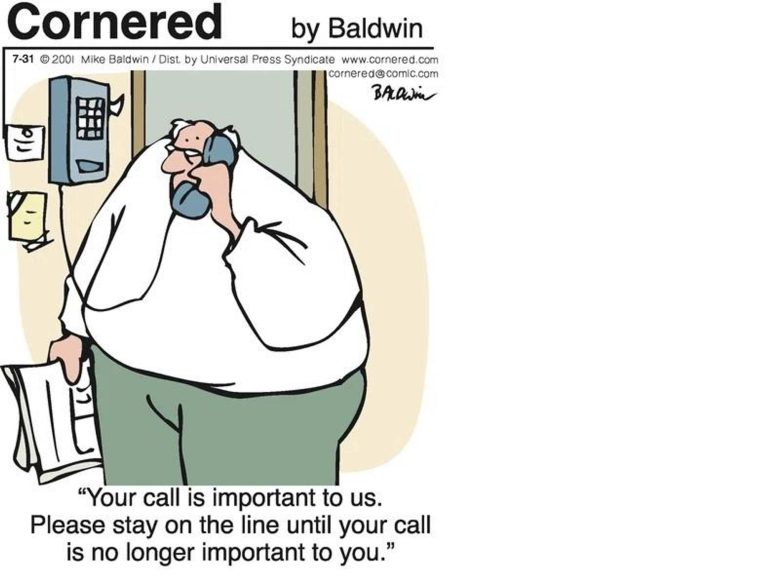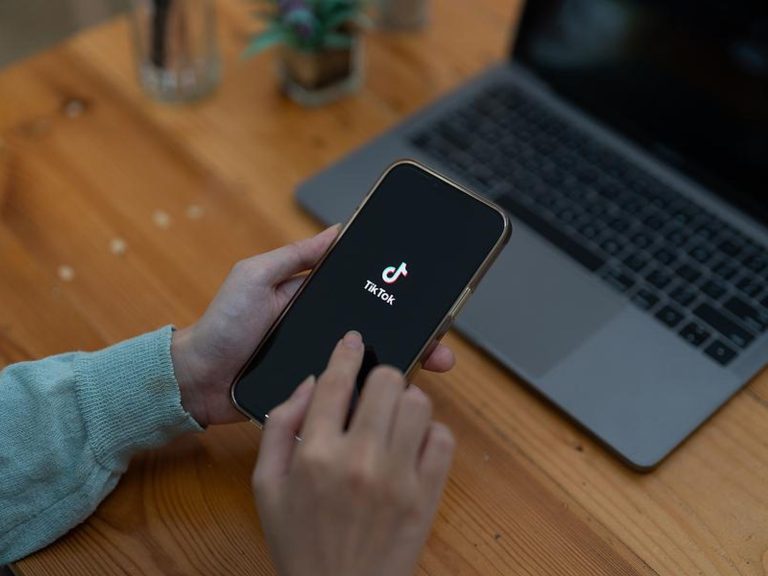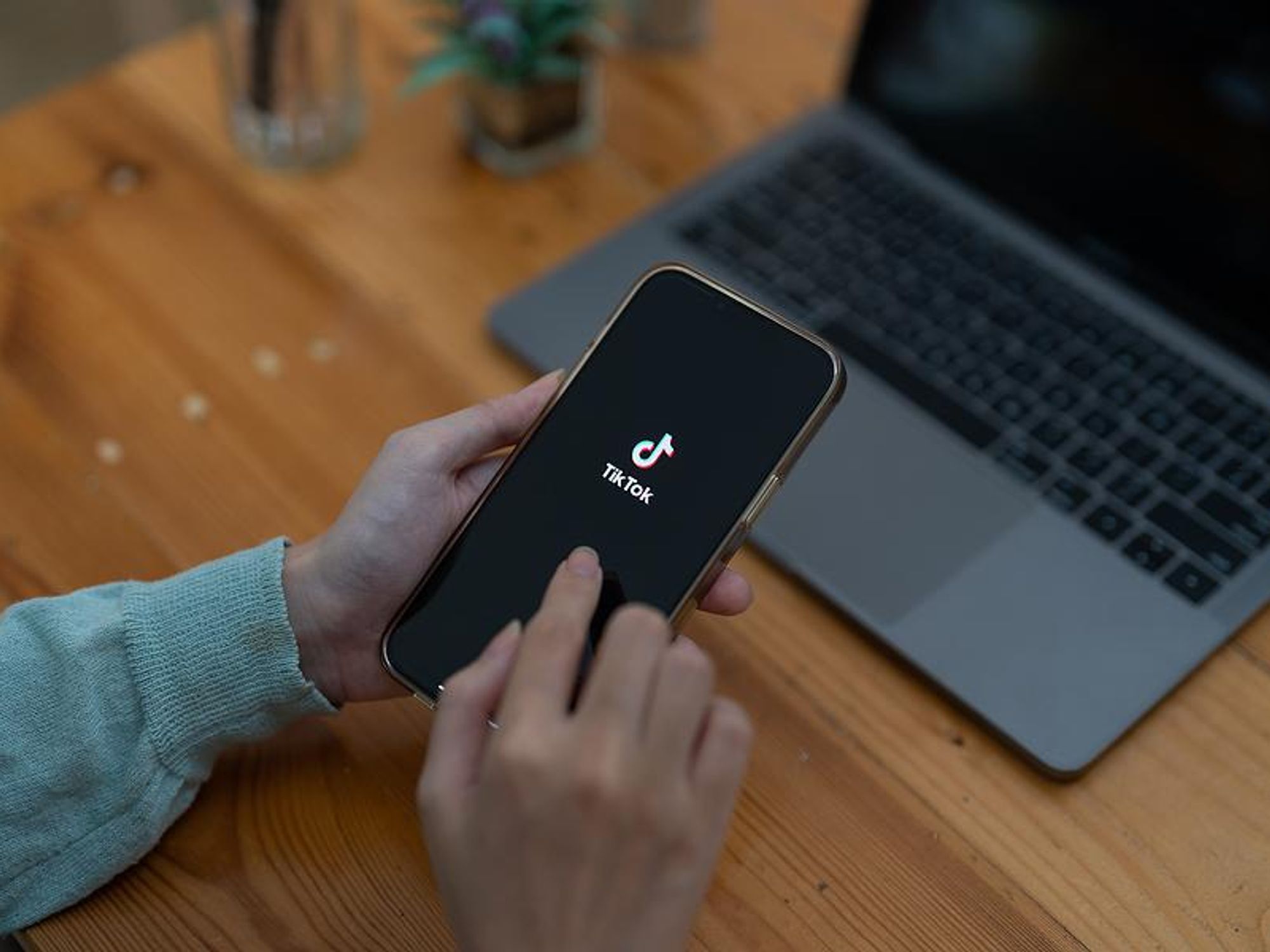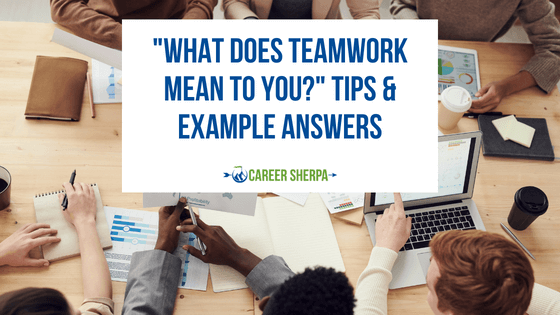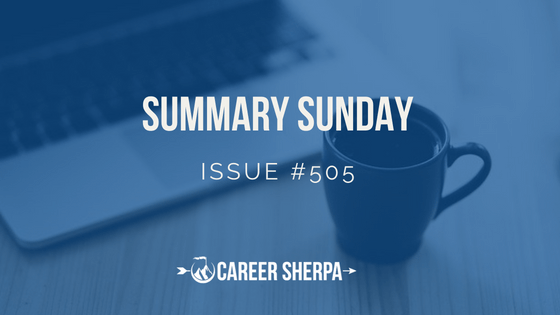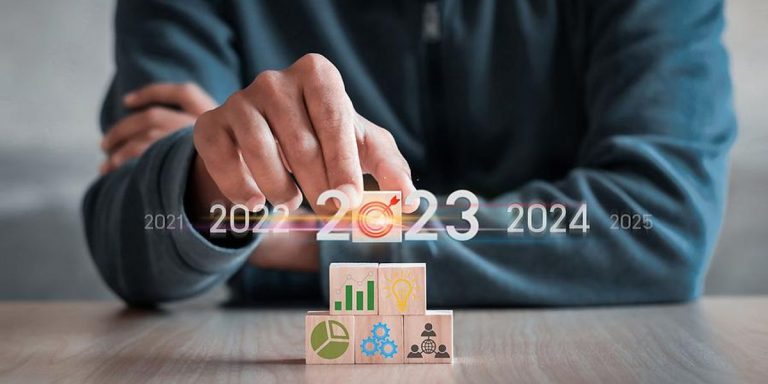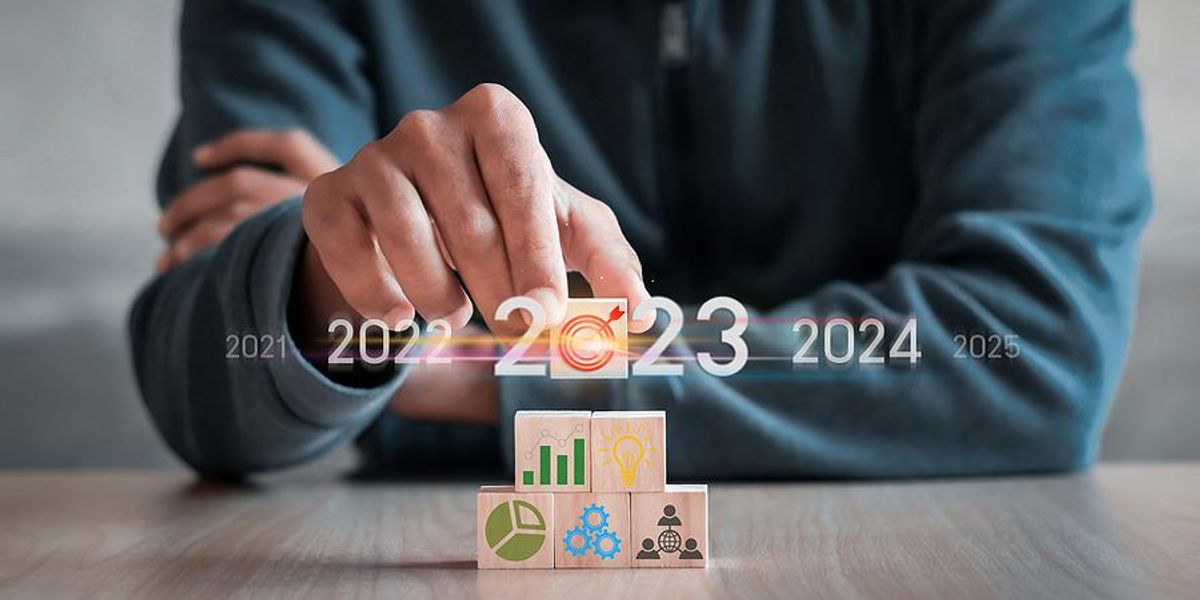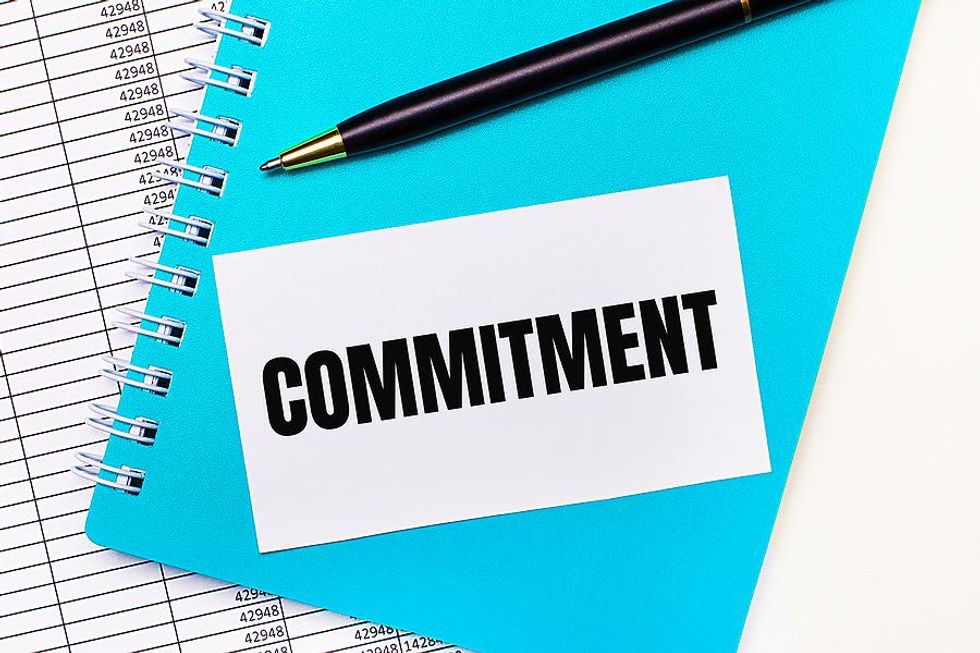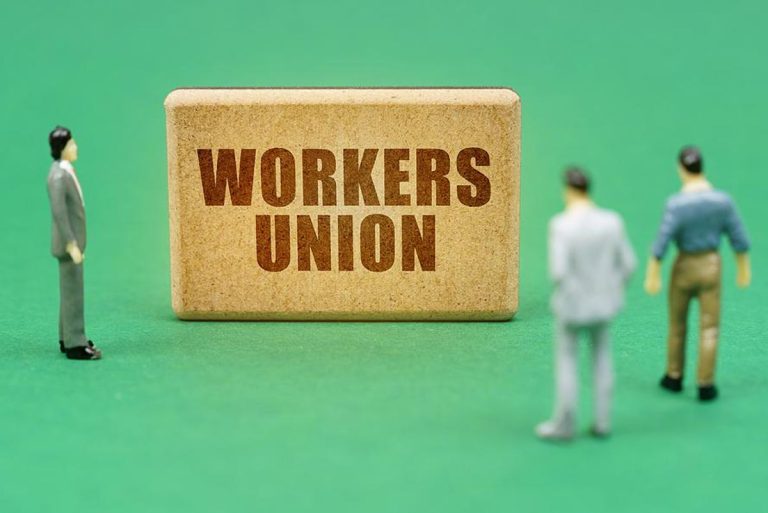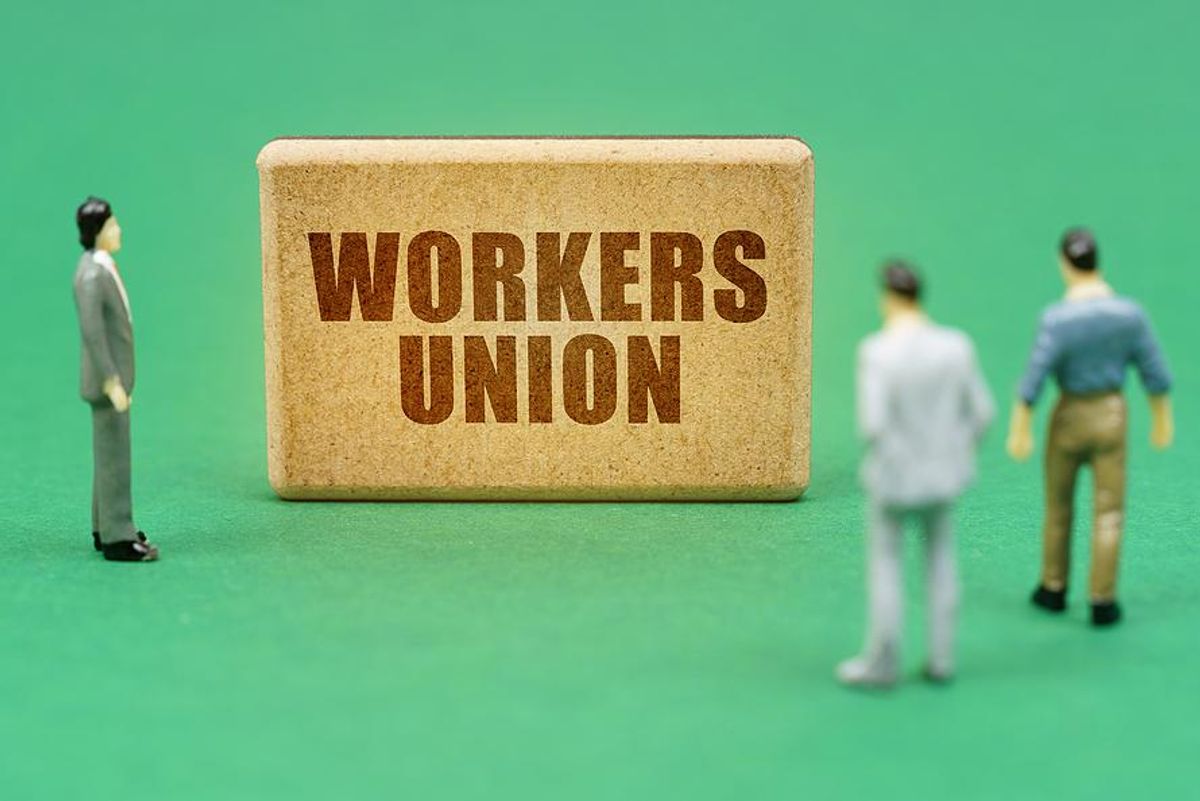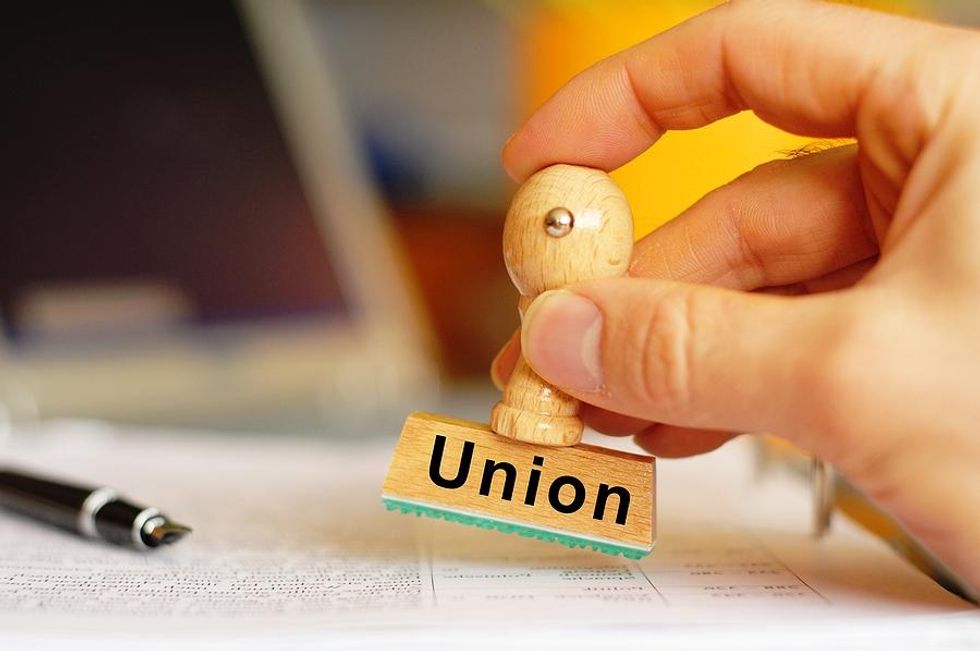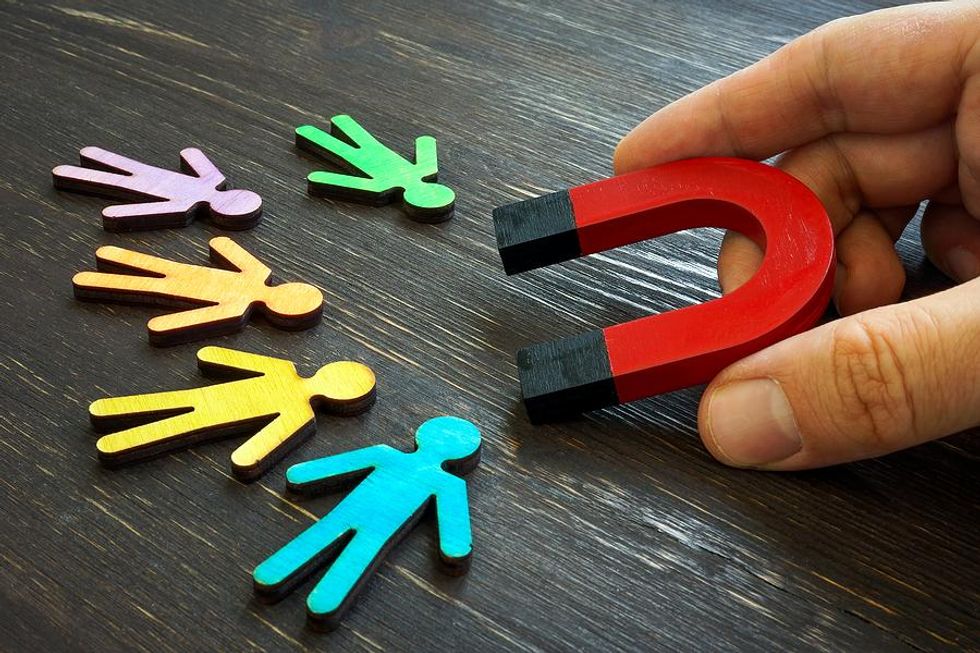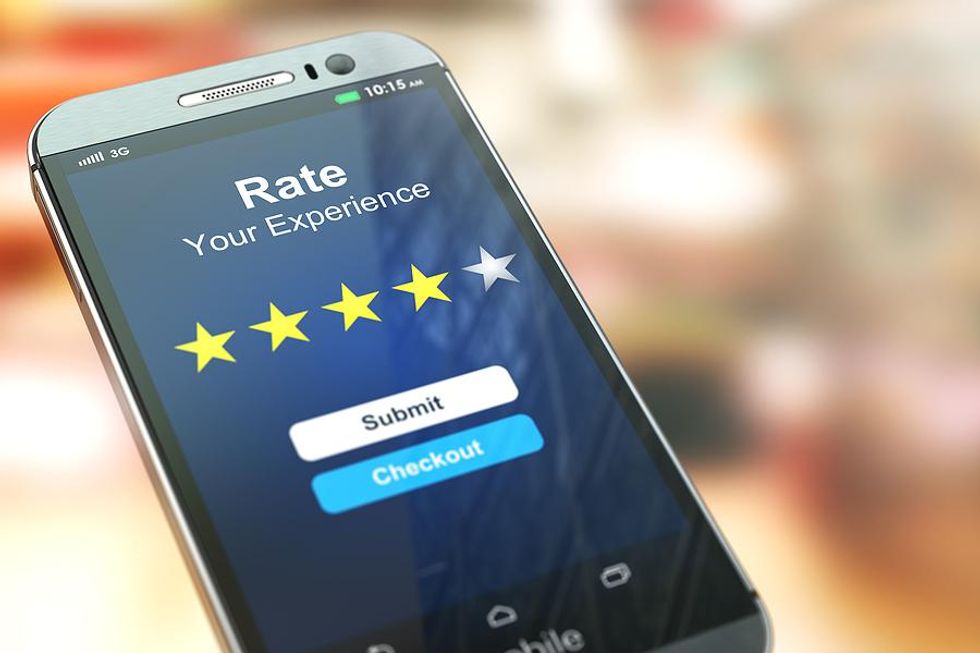14 Practices That Are Roasting Your Consumer Experience
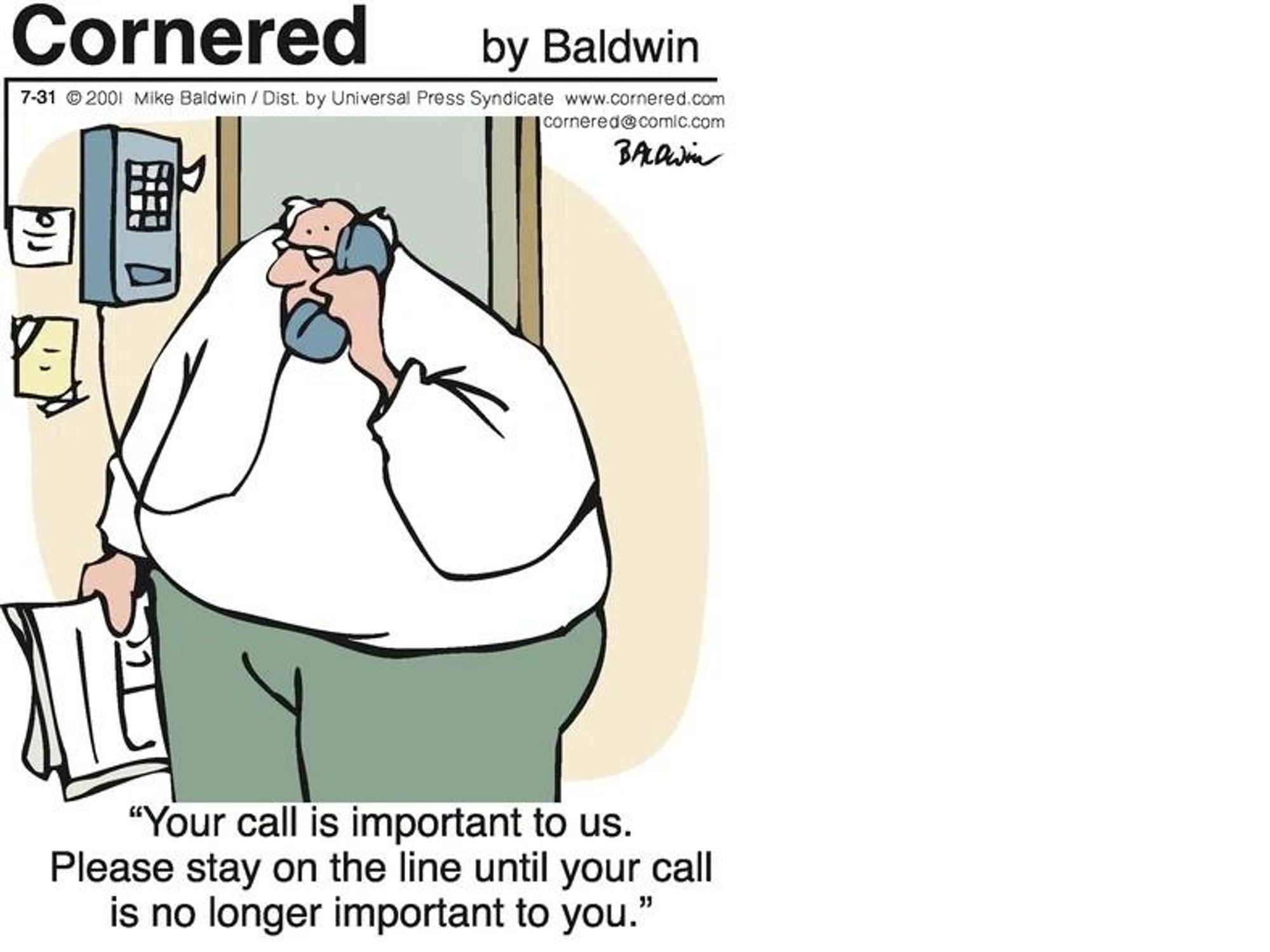
According to the American Customer Satisfaction Index’s (ACSI) last report Q3 2022, customer satisfaction rates have declined by 5% since 2018. The report also calls out GDPâs decline.
As an accomplished consumer, whether for my business or a new piece for my wardrobe, my own consumer experience index rates 6/10 interactions conclude by walking away from a supplier, retailer, or service provider service request without a satisfactory resolution or positive experience.
My latest service experience required reaching out on (4) separate occasions, each with a different agent, and spending 5 ½ hours with a major tech giant that Iâll never get back, trying to fix an issue with my commercial-grade laptop that appeared out of nowhere. Needless to say, it was a HUGE infringement on my day.
When is the last time you felt ENTRAPPED, dealing personally or professionally with a time-sucking unavoidable glitch or necessary transaction that crashed into your busy life?
You didnât go looking for it, may have avoided it a time or two, but now itâs SCREAMING your name and demanding action.
Most of us are good sports to make a call or hop on a chat so we can resolve and issue to check a box and get on to the next task. But as the norm for modern consumer experiences has deteriorated into dreaded, time-consuming interactions that elevate our blood pressure, itâs time to speak up for all of my comrades in commerce.
Join me as we:
- Consider how modern buyer expectations have changed
- Talk about the all-too-common practices that are driving us away from sellers
- Focus on the fix so sellers can turn themselves into consumer experience heroes
Modern Consumer Experience Report Card
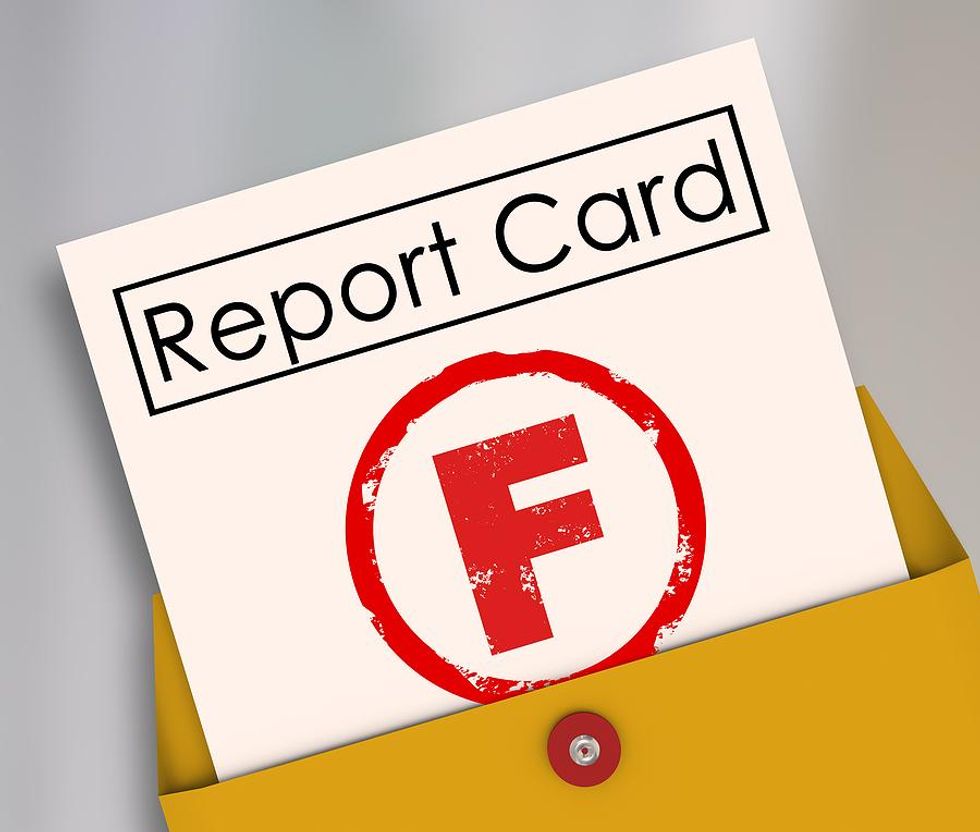
After years of indifferent customer service, entitled seller attitudes, and low employee appreciation, the pandemicâs events brought a turning consumer tide in every area of our culture. Workers voted by resigning from undesirable workplaces, enterprise buyers refused spammy sales efforts, and consumers purchased from the retailer with the most seamless and personalized experience.
As modern consumers now demand seamless service across a dozen different communication channels, the stakes are high for inconsistency, limited channels, and a consumer journey filled with undo hassle.
Here are many of the all-too-common experiences that are driving off us consumers and our loyalty.
14 Service & Support Practices To Change NOW To Save Your Consumer Experience

- Setting and neglecting. When is the last time your organization audited your consumer journey with a fine-toothed comb to deliver a smooth end-to-end consumer experience?
- Eliminating inbound phone support and replacing it with time-consuming, unintuitive alternatives with a low one-call resolution.
- Support interactions that truncate prior to a resolution when navigations donât render correctly on a device.
- Misdirecting callers to agents without needed systems visibility or training to address the complaint.
- Repeated agent-to-agent transfers that require callers to re-authorize their identity and re-explain the issue from the beginning when the IVR does not track the conversation, callerâs purpose for the call, complaint, or intention.
- Chat sessions that do not audibly alert the caller of agent responses and prematurely terminate the session between responses, requiring the caller to restart a new session and start over.
- Agents intentionally terminating calls without cause and without notice.
- IVR systems that disconnect for no reason after long wait times.
- Call transfers that terminate.
- Auto callbacks that leave callers on lengthy holds before an agent joins the call.
- IVR systems without an option for a callback vs. holding with no notification of estimated wait times.
- Offering chat or email support in lieu of phone support without 24/7 service.
- Operating with an overall service and support vibe that communicates that customers have nothing to do but obtain service from your organization, however long it takes.
- Operating with an overall service and support vibe that communicates that customers are âluckyâ to receive service from your organization.
Inspiration For Service Excellence From Consumer Experience Heroes

While there are plenty of consumer experience foibles to name, letâs take inspiration from the principles that drive the service excellence of a few consumer experience heroes:
Trader Joeâs â Empowering employees to bend the rules to deliver amazing service.
Ritz-Carlton â Inspiring staff to build strong emotional engagement with their guests and empowering them to deliver exceptional service.
Nordstrom â Creating a culture where going above and beyond to take care of customers is expected, encouraged, and praised above all else.
Chick-fil-A â Commitment to be kind to employees and provide heartfelt hospitality to customers with a mindset that: âEvery life has a story, and often our customers and our employees, need a little grace and a little space when you deal with them because they are either experiencing a problem, just finished having a problem, or are about to have one.â
What If Your Culture Is On The Wrong Side Of Service Excellence?

Hereâs a high-brow, corporate, three-step process for sellers to produce experience excellence:
- Create policies and systems that put customers first every day
- Hire empathetic, problem-solving employees
- Empower your team members with continual training and tools
But if you sellers really want to get in tune with buyer expectations and the triggers that cause them to hit the eject button, you are going to need to get your hands dirty.
How?
Whether you sell (B2C) business-to-consumer or (B2B) business-to-business, eat your own dog food by auditing your process and consider paying other people to do the same to tell you whatâs wrong with it. Make periodic walkthroughs of your end-to-end buyer journey a thing to proactively spot and resolve points of friction until you deliver experience excellence.
If you sell to end consumers, how seamless is your process using a website or mobile app, on different devices, making purchases that require password changes, updates to a cart, changing addresses or credit cards, and applying coupons? Make inquiries prior to, during, and after the sale. And donât neglect the last mile that preserves goodwill with your consumers. Complete returns with each of the shipping options, including through third-party partners to ensure a hassle-free process.
If you sell to businesses, give up old-school spammy sales and marketing tactics that modern buyers resist. Instead, get crystal clear about your (ICP) ideal customer profile, develop insightful content to educate your prospects and build credibility, distribute it in peer networks where they natively hang out, and engage with them there to collect critical insights about what they care about (pay dirt) to guide your sales and marketing efforts. Turn your website into an un-gated library where prospects can binge on your content anonymously to turn into high-intent buyers, then pursue you for a conversation by submitting a web form once they:
- Detect that they have a problem
- Recognize you and your product as a potentially viable solution
- Have readied themselves internally to engage your team as an initiative
Tedious? Yes, but this is how to deliver excellence in the buyer journey that gains and retains loyal consumers.
For additional insights or help with building, modernizing, or navigating your SaaS buyer journey or consumer experience, please reach me on LinkedIn or at [email protected].

